On April 15, the Leixões Blue Hub (HAL) construction works inauguration opened a new chapter on the Portuguese Blue Economy’s History. The ocean basin, to be built on the Logistics Platform II of the Port of Leixões, will be a cutting-edge scientific and technological equipment, and one of the biggest marine tech test sites in Europe.
The inaugural ceremony began at the Cruise Terminal of the Port of Leixões, with representatives from all the entities that constitute this initiative, led by INESC TEC: the Administration of the Douro, Leixões, and Viana do Castelo Ports (APDL), Matosinhos City Hall, the Interdisciplinary Centre of Marine and Environmental Research (CIIMAR), Institute of Science and Innovation in Mechanical and Industrial Engineering (INEGI), and Fórum Oceano.
“It’s clearly a unique infrastructure in the national context. Its developed competences will also be unusual in the European ecosystem”, João Claro emphasises. According to INESC TEC’s CEO, “any outcomes will certainly be competitive and appliable anywhere in the world”.
Among the main features of this multipurpose tank are its ability to generate waves — up to half a meter high — and currents, enabling the simulation of conditions similar to those found in pre-oceanic environments. With a depth of 10 metres, a length of 60 metres, and a width of 30 metres, it offers a total volume of 18.000 cubic metres available for the testing of robotics, infrastructures, and other marine technologies.
According to Lídia Bulcão, Secretary of State for the Sea, the “transformative capacity” of the Leixões Blue Hub represents a “investment in a clear technological innovation for the sustainable development of the Blue Economy, marking another decisive step in affirming Portugal internationally as a leading country for a responsible and conscious governance of marine resources”.
For the national government representative, it is “essential to harness the potential of the Portuguese sea” and move beyond the “worn-out phrase of a ‘sea of opportunities’”: it is necessary to “turn [the ocean] into a solid foundation for the establishment of new industries”.
The President of the Strategic Management Board of Portugal Blue Hub highlights a “project that represents much more than the creation of a physical structure”, emphasising the “materialisation of a strategic vision that combines economic growth, technological innovation, and environmental sustainability”.
“The Leixões Hub is a key element within the [national] Blue Hub network, aiming to promote science, innovation, and knowledge transfer in the maritime sectors”, Marisa Lameiras da Silva reinforces, also pointing out the “strong commitment to creating a true national ecosystem in service of a decarbonised, sustainable, and technological Blue Economy”.
The ocean basin to be built will also include a scientific diving centre, with a diameter of 10 metres and a depth of 30 metres, enabling equipment testing, biodiversity and environmental impact studies, as well as initial training and advanced diving practice.
However, the HAL also encompasses another facility: the Blue Biobank. This initiative, specifically led by CIIMAR and located at the Cruise Terminal, involves the management of an archive entirely dedicated to the mapping, indexing, and the management of access to various marine resources, such as photosynthetic microorganisms, non-photosynthetic microorganisms (bacteria and fungi), and other deep-sea species.
The Leixões Blue Hub also envisions an Ocean Literacy component, with activities and events designed for the surrounding community. One example is the Art & Science Project, which launched the “Arium – An Imagination of the Submerged” exhibition on the day of the ceremony. Displayed at the Cruise Terminal, the works aim to illustrate “accidents at the intersection of art and science”, featuring visual arts and a sound installation inspired by ocean research.
Following the main speeches and remarks, the delegation proceeded to the construction site at the Logistics Platform II of the Port of Leixões. Together with the Secretary of State for the Sea and the President of the Strategic Management Board of Portugal Blue Hub, representatives from the HAL partner organisations laid the symbolic foundation stone of the future ocean basin — a construction supported by an investment of over 12 million euros from the Recovery and Resilience Plan/Blue Fund.
This infrastructure is yet another example of INESC TEC’s strengthened commitment to the Blue Economy, representing a key facility for the Research, Development, and Innovation activities of INESCTEC.OCEAN, the new Centre of Excellence in Ocean Research and Engineering.


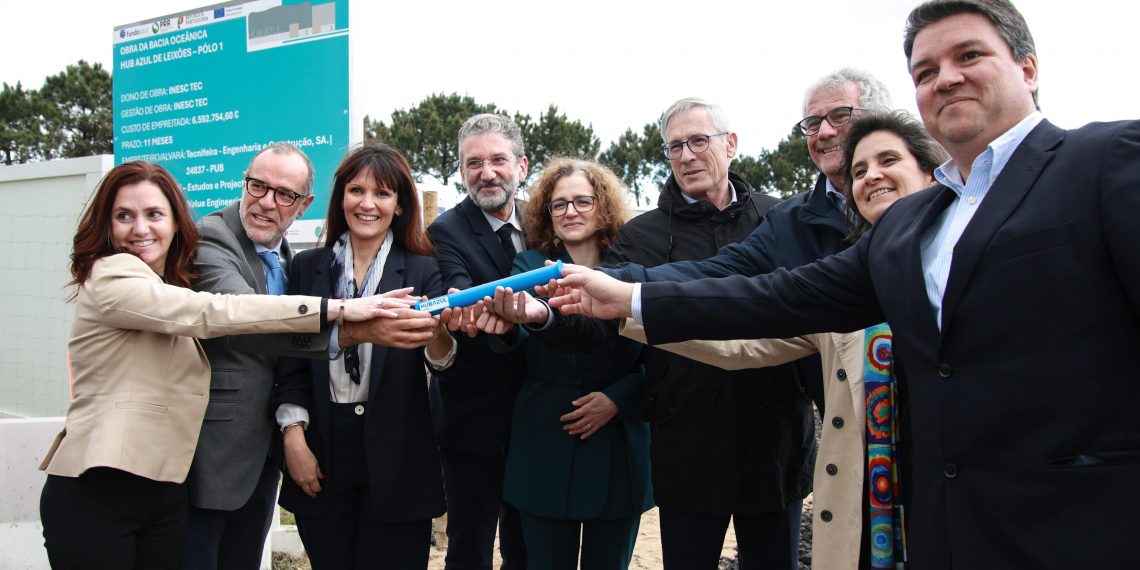

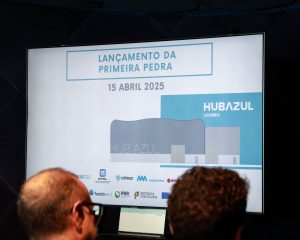
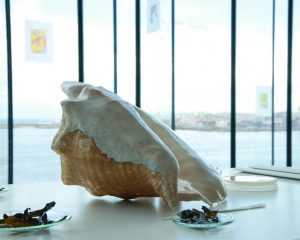
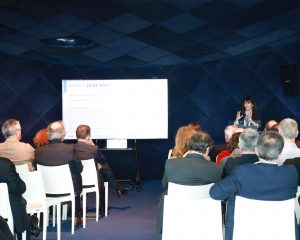
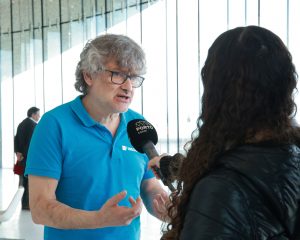

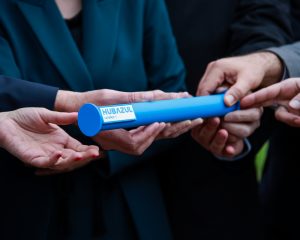
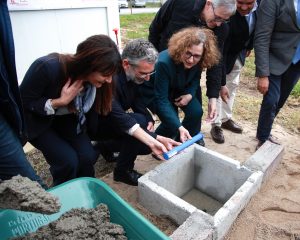
 News, current topics, curiosities and so much more about INESC TEC and its community!
News, current topics, curiosities and so much more about INESC TEC and its community!